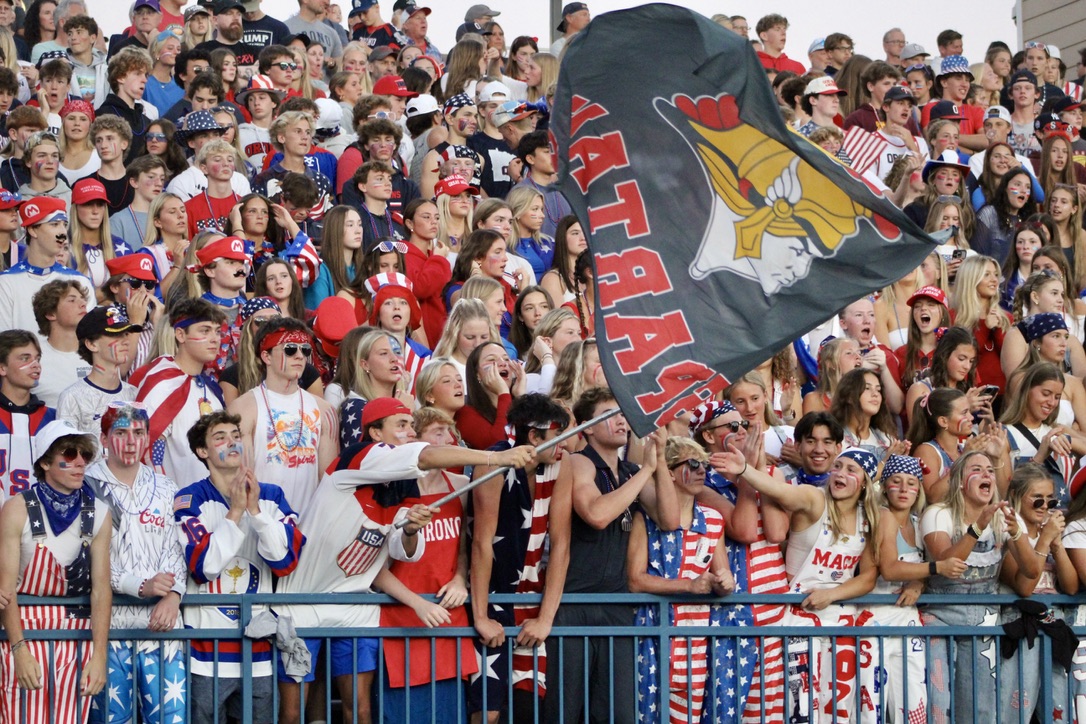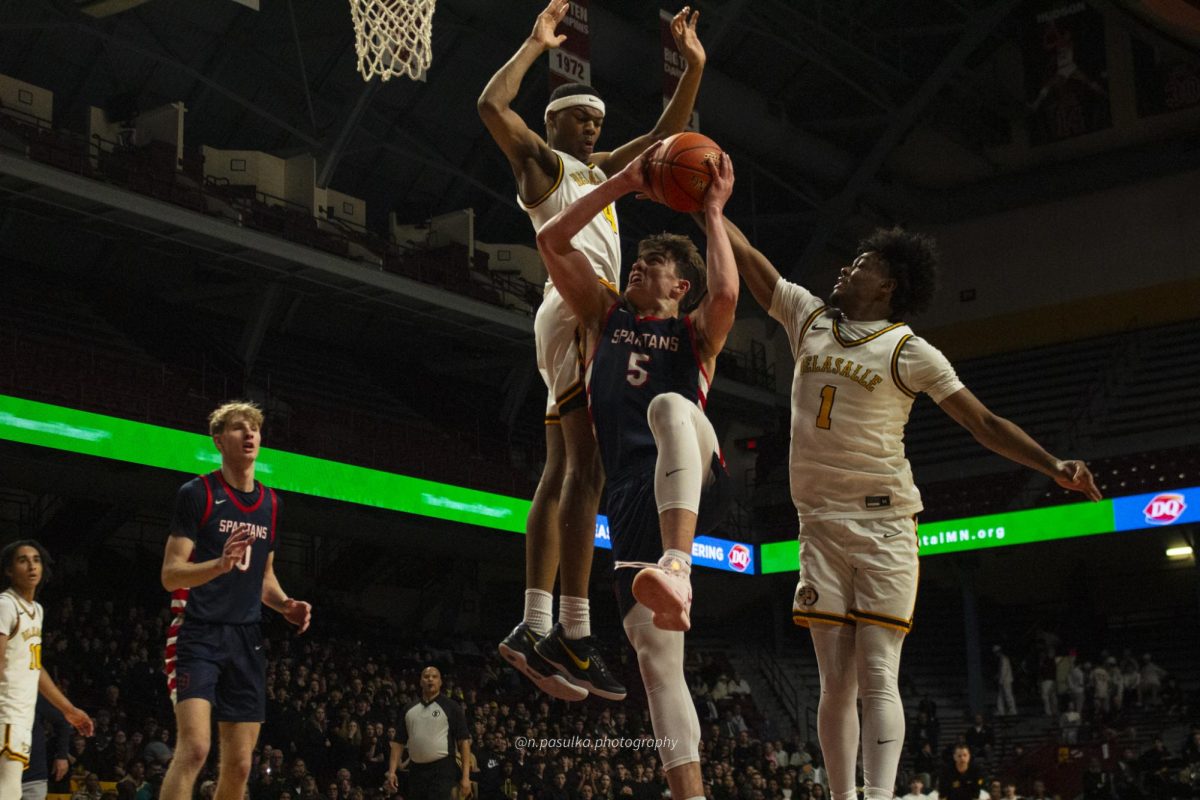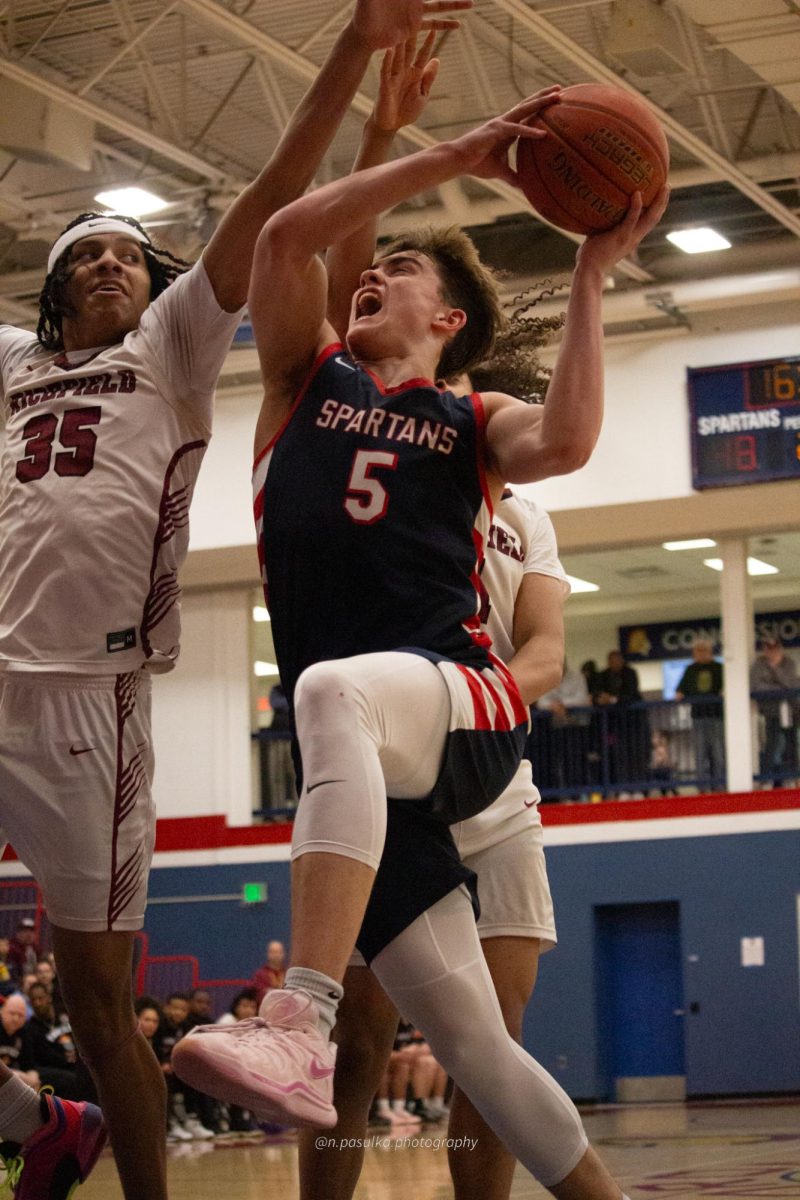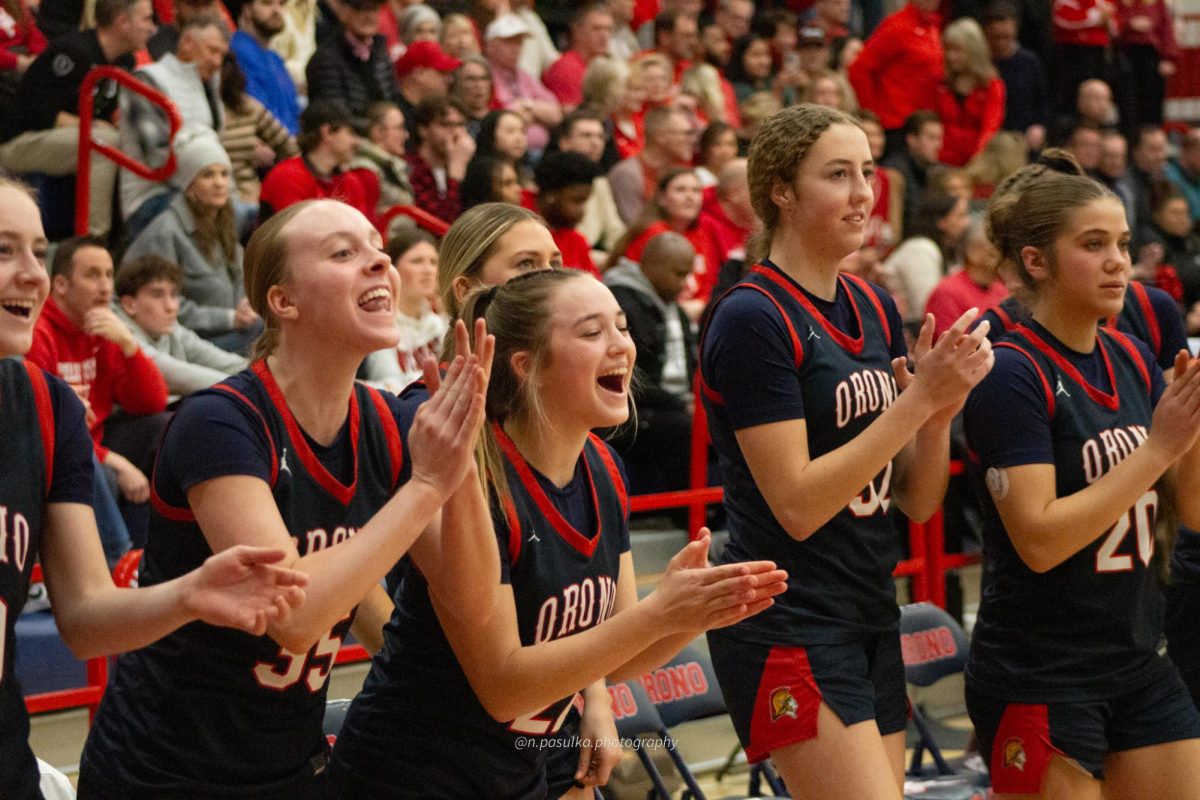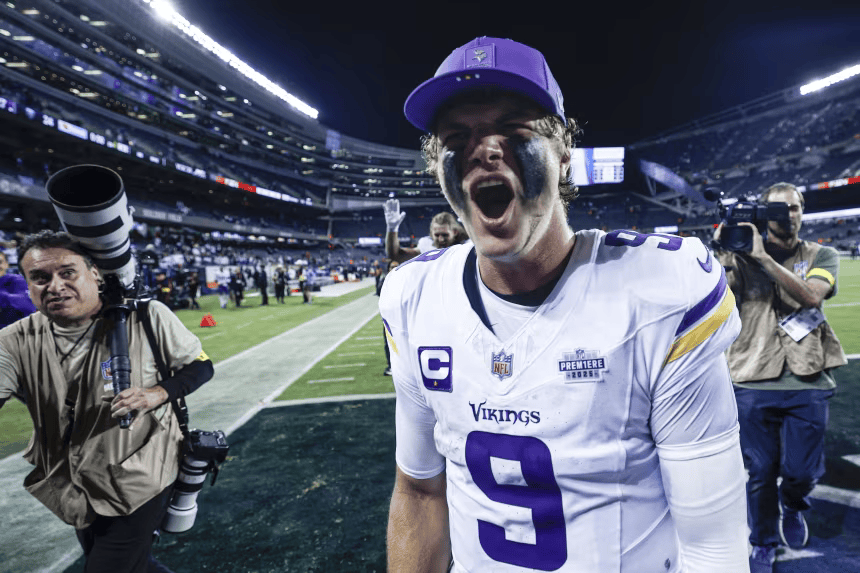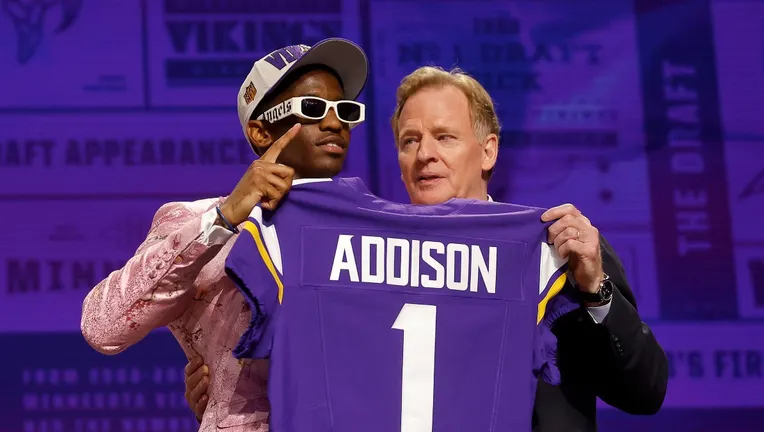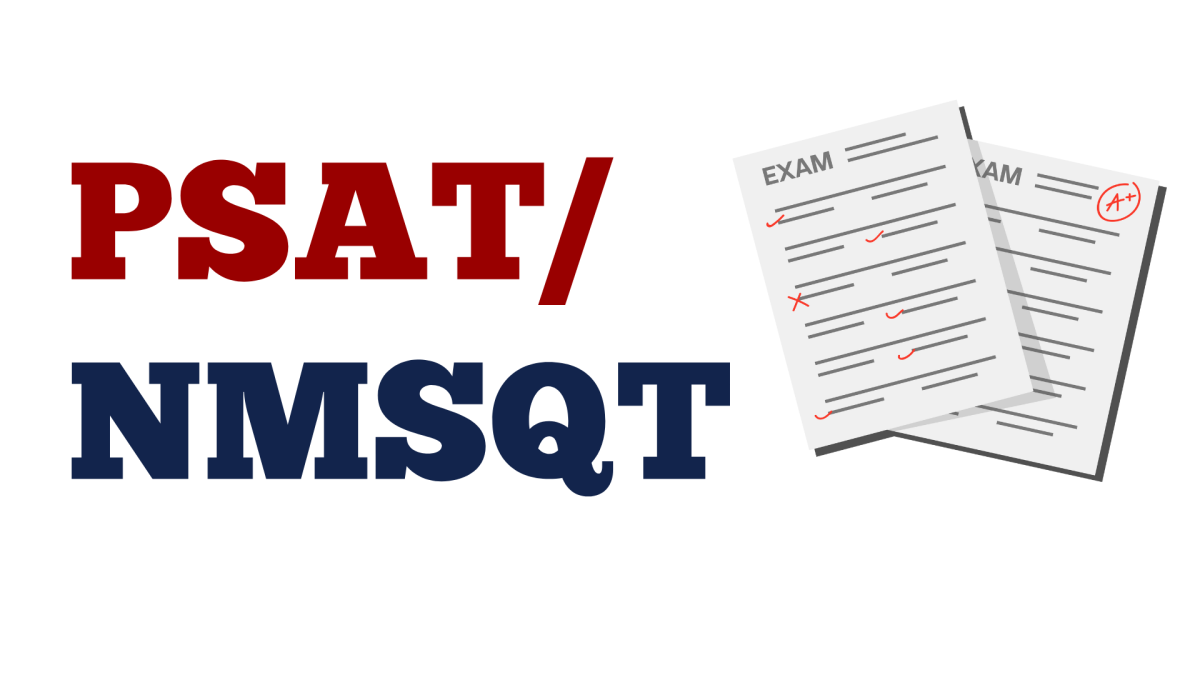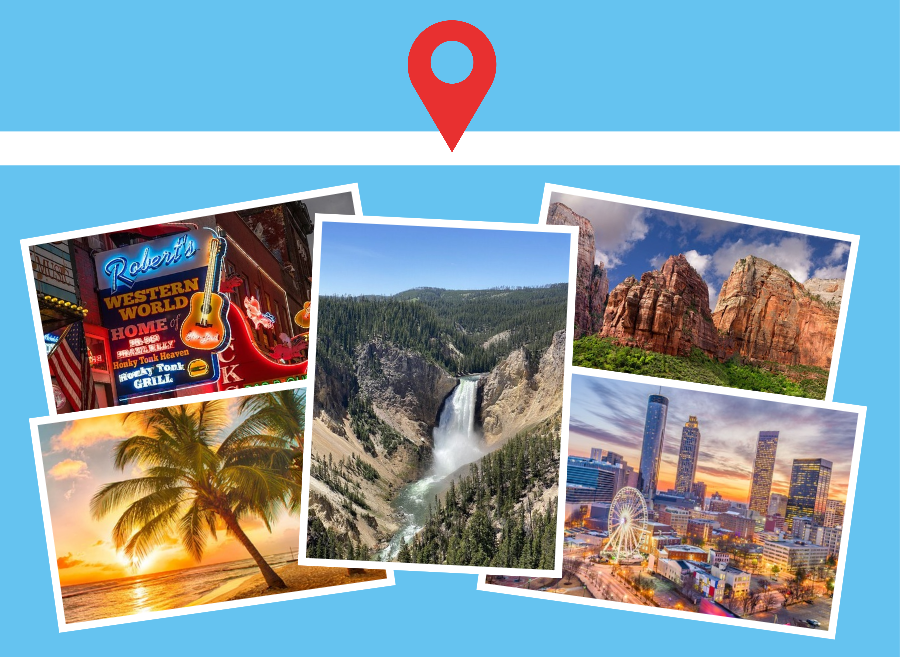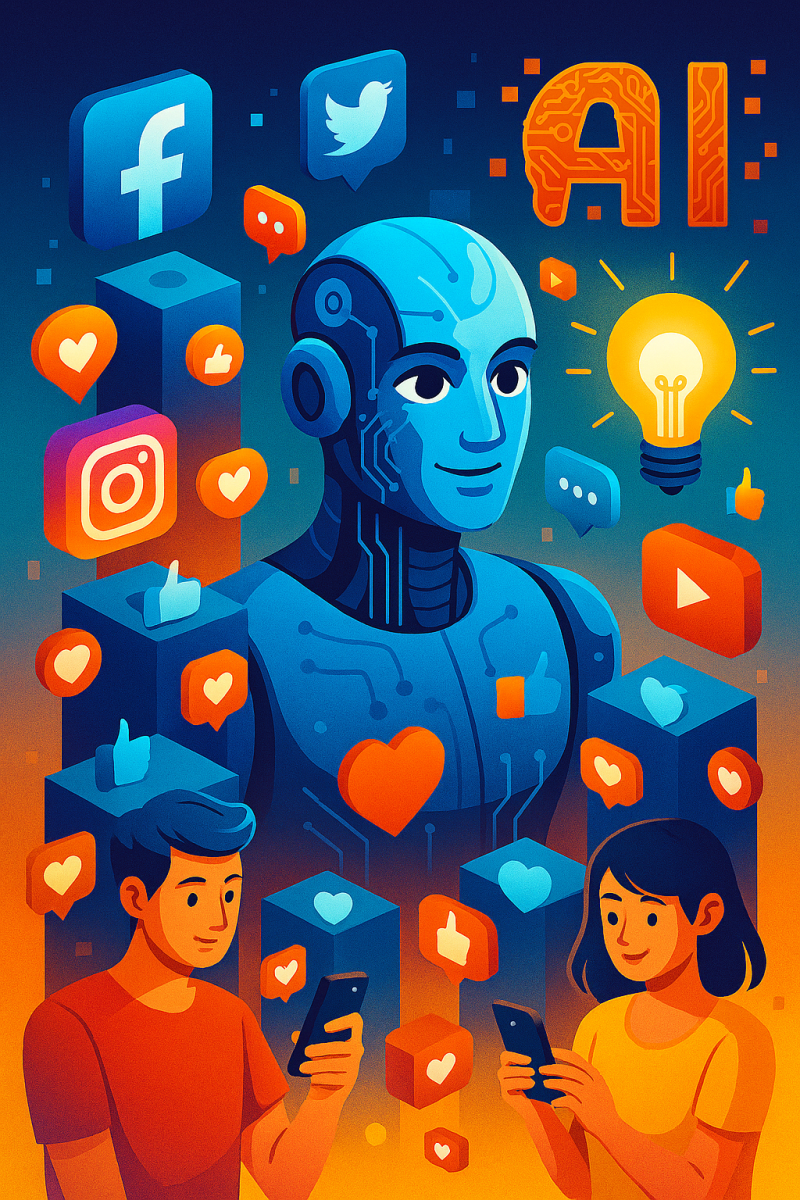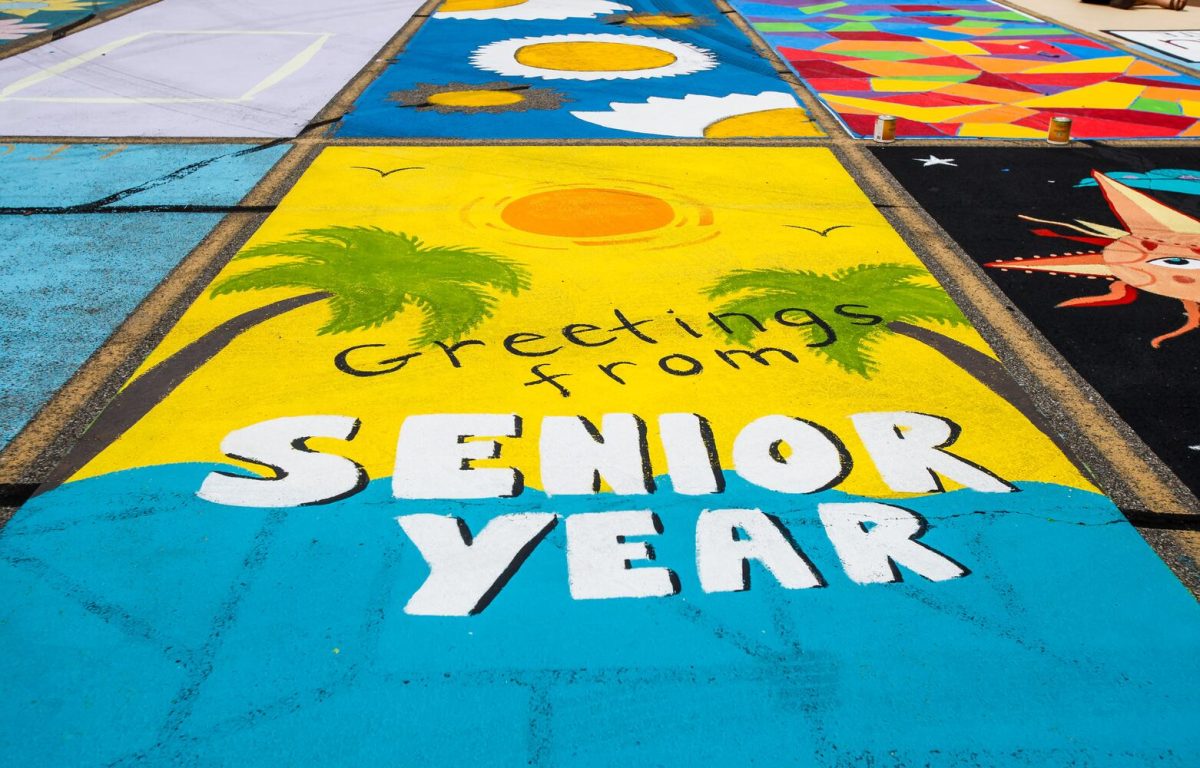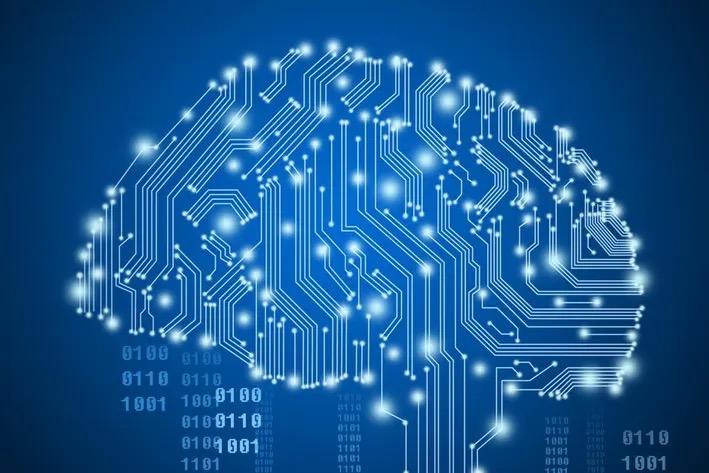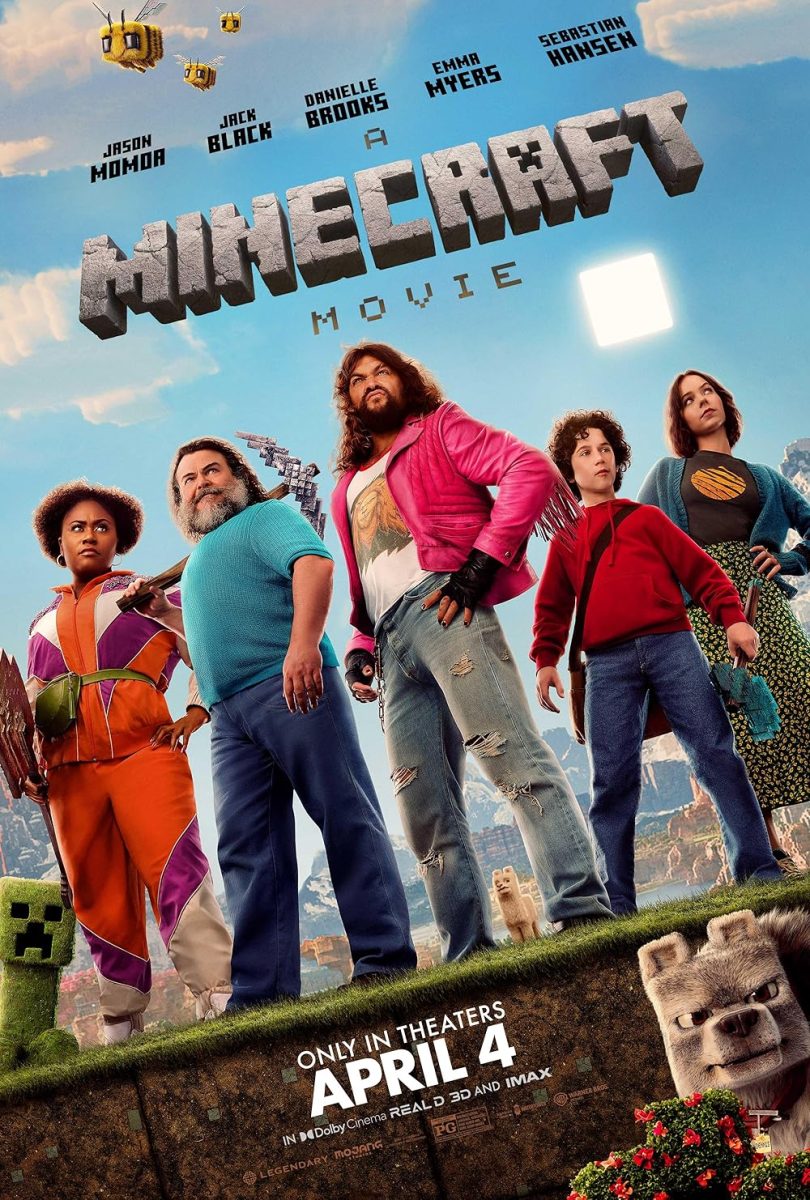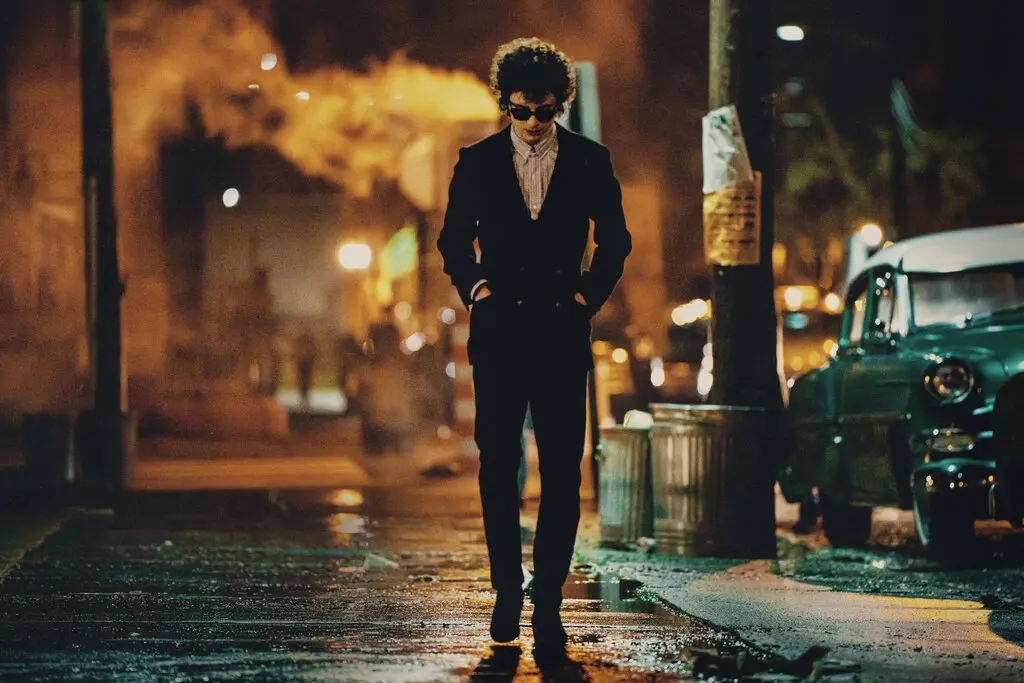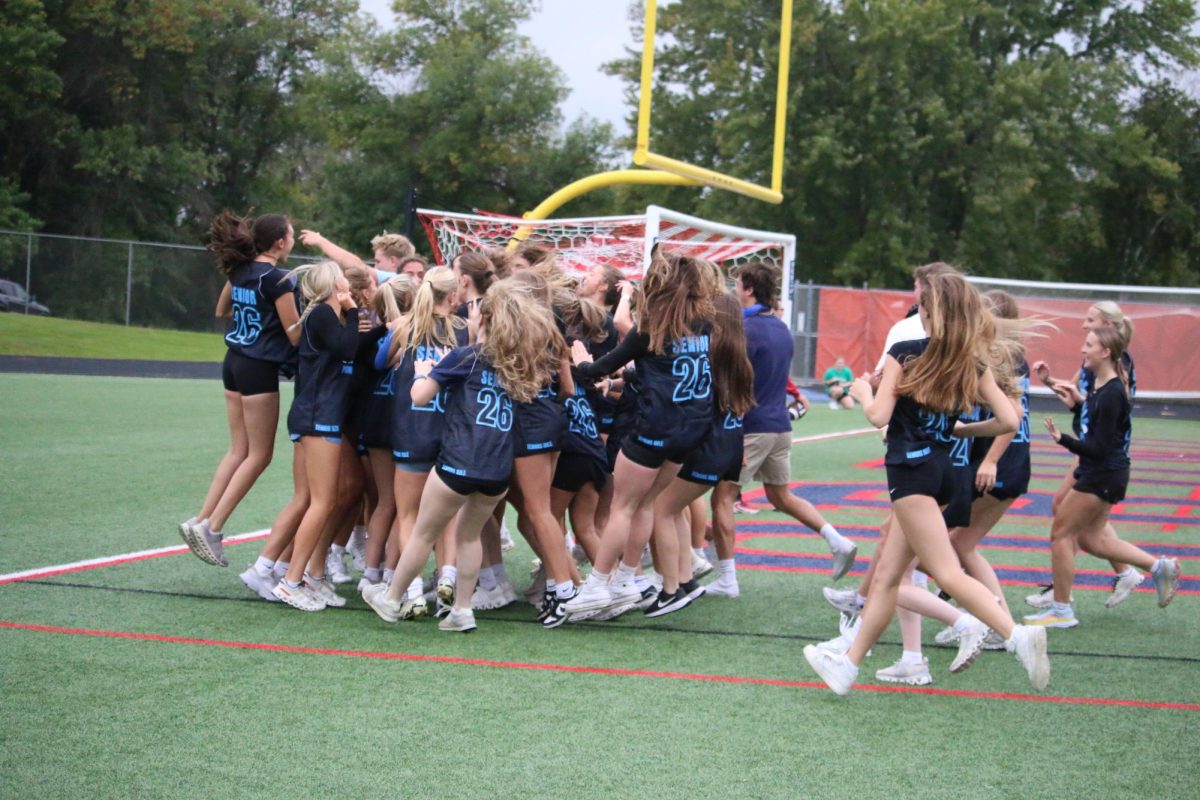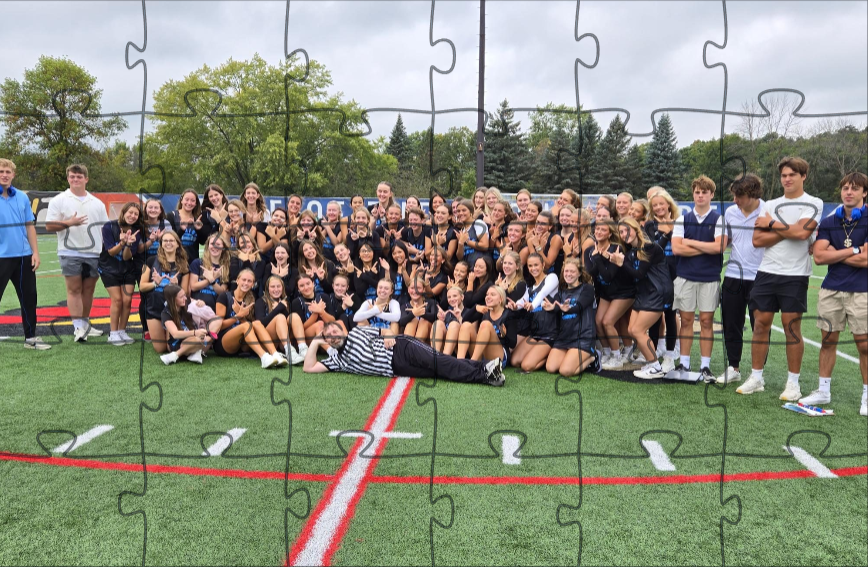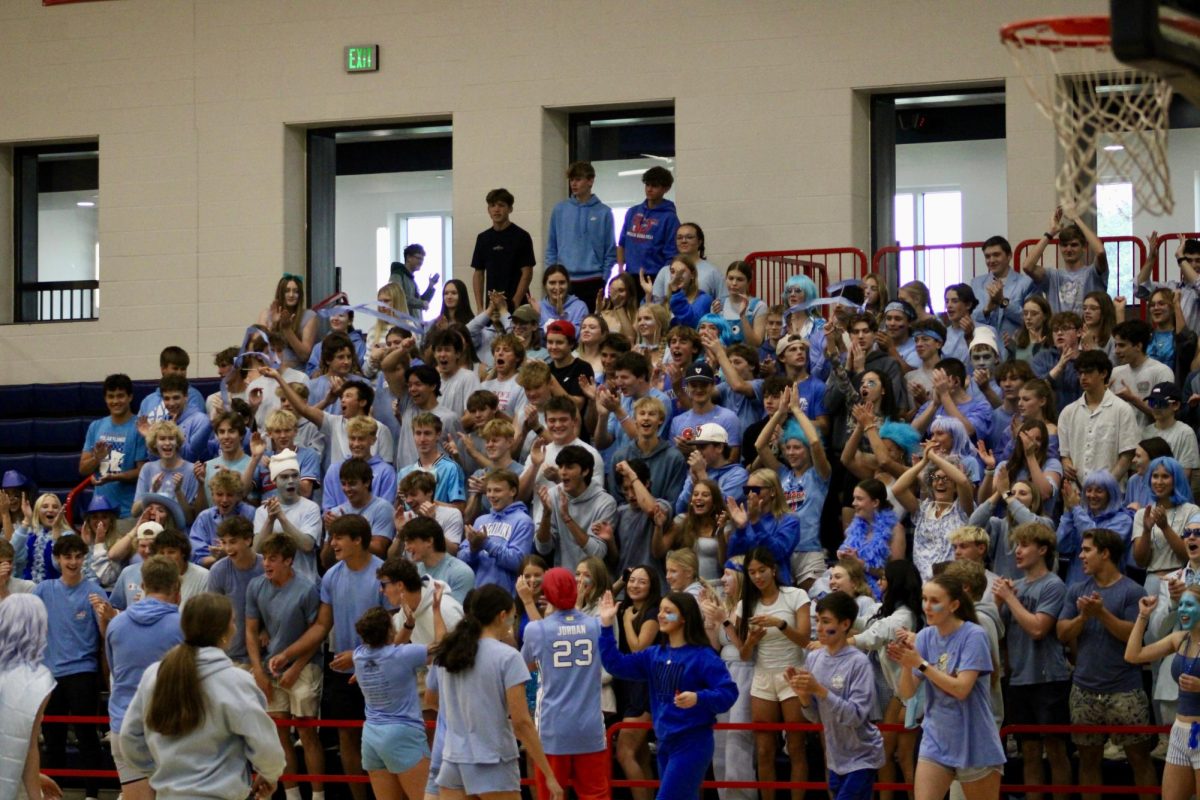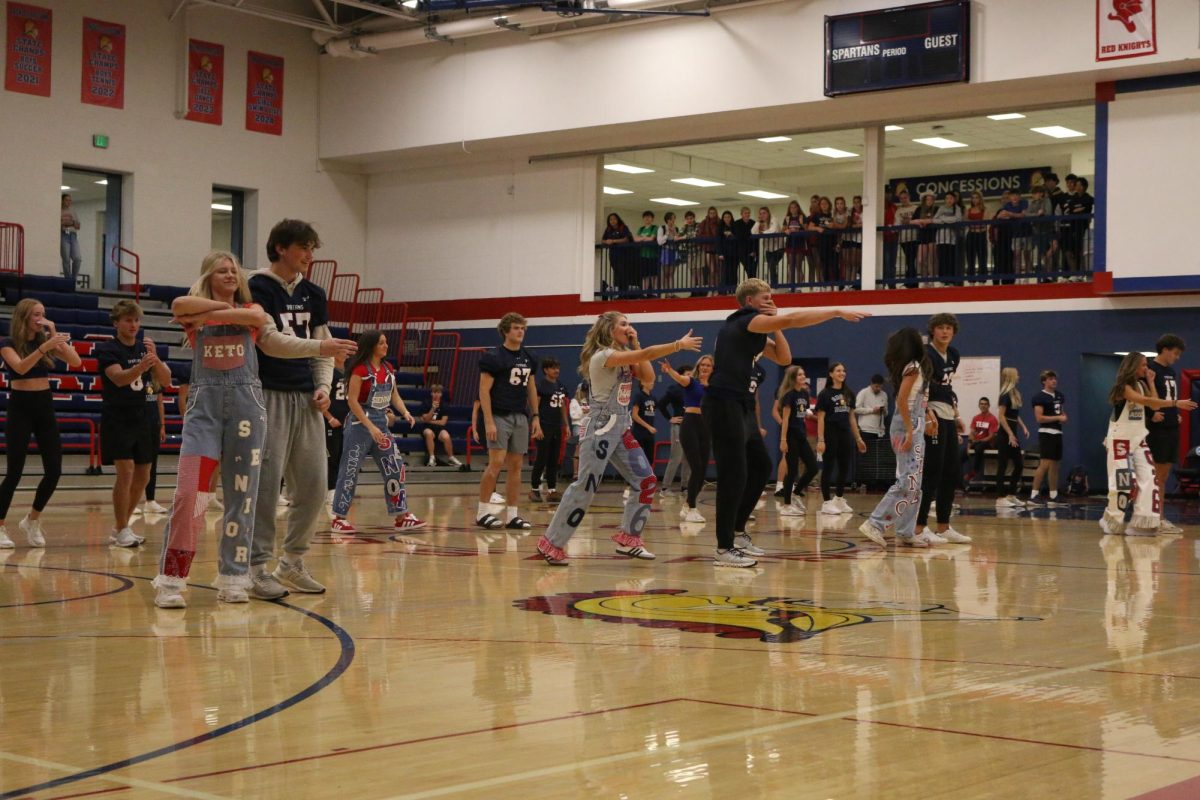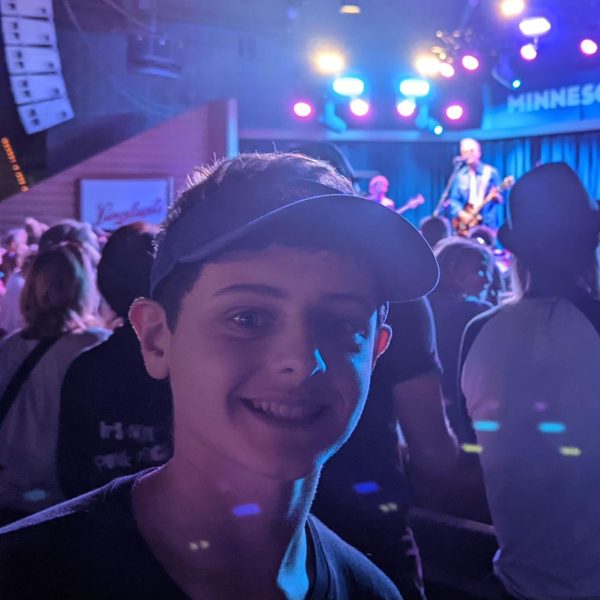In the past few years, social media has gone through what feels like a complete makeover. The platforms we once used to stay in touch with friends have become personalized entertainment hubs — powered not by people, but by artificial intelligence. Whether it’s TikTok predicting exactly what videos you’ll watch next, or Instagram showing posts you didn’t even follow, AI now quietly decides what we see, when we see it, and even how long we see it for.
That shift is changing everything about how we use social media — from how we connect with others to how we express ourselves online. And while there’s no doubt that AI makes apps smarter and more efficient, it’s worth asking: what’s the cost of giving algorithms this much control over our attention?
The Algorithm Era
It’s no secret that social media is no longer just about who you follow. Instead, your feed is crafted by systems trained to understand your behavior — the videos you pause on, the comments you like, even the time of day you tend to scroll.
Platforms like TikTok and Instagram Reels have built their success around this model. Their algorithms use machine learning to study what users interact with, constantly updating recommendations to keep people engaged. For many users, it works almost too well.
Open the app “for just a minute,” and you’ll quickly find yourself 30 videos deep, still watching. The AI knows your sense of humor, your music taste, and even your moods. It’s a powerful form of personalization — one that keeps billions of people scrolling.
But as these systems get more precise, they also create new challenges. When every user sees a completely different version of the internet, social media stops being a shared experience. Instead of everyone talking about the same viral video, each person’s feed becomes an isolated bubble.
Creativity in the Age of Automation
For creators, AI has been both a gift and a disruption. On one hand, it’s never been easier to make content. Tools like Canva’s Magic Design and Adobe Firefly can create professional-level graphics in seconds. AI caption generators can analyze your audience and suggest the best wording for engagement.
But the rise of automation also raises the question: what happens to creativity when AI can do most of the work for us?
Part of what makes social media special is its human touch — the sense that someone took the time to craft a post, design a graphic, or tell a story. When algorithms start generating the content we consume, that personal element begins to fade.
Still, many creators are finding ways to use AI without losing authenticity. Some use ChatGPT or similar tools to brainstorm ideas, then add their own perspective and voice. Others use AI for editing, fact-checking, or caption writing — freeing up time to focus on creativity itself.
In the right hands, AI doesn’t replace originality. It amplifies it.
The Business Behind the Screen
Social media companies, of course, have their own reasons for embracing AI — and they go far beyond making your feed more interesting.
AI helps platforms maximize engagement, which directly impacts advertising revenue. The longer users stay on an app, the more ads they see, and the more data companies collect about their habits. That data then trains the next generation of algorithms, creating an incredibly effective feedback loop — and a little unsettling.
At the same time, AI moderation tools now play a major role in keeping platforms safe. Systems can automatically detect hate speech, remove explicit content, and flag misinformation faster than any human team could. While these systems aren’t perfect, they represent a step toward making social media more responsible.
Still, these same tools raise concerns about transparency. When an algorithm decides what’s “appropriate,” who decides how that algorithm was trained?
A More Personalized Future
It’s clear that AI isn’t going anywhere. Every major platform — from YouTube to Snapchat to X — is investing in new AI systems designed to improve user experience. Whether that means smarter filters, automatic captioning, or fully personalized feeds, the trend is the same: more automation, less human control.
For users, that can be both exciting and overwhelming. On one hand, it means less time searching and more time discovering what you like. On the other hand, it can make it harder to separate what’s real from what’s generated, and what’s meaningful from what’s merely engaging.
As AI continues to evolve, we’ll need to find balance — between personalization and connection, convenience and authenticity.
The Human Element
At its core, social media has always been about people. It’s about sharing, connecting, and expressing ourselves in ways that words alone can’t capture. AI has made these experiences faster, smarter, and more adaptive — but it can’t replace the emotion and creativity that come from being human.
The best social media experiences will be the ones that use AI not to replace people, but to empower them — to help us share stories, build communities, and make genuine connections in an increasingly automated and digital world.
So as we scroll through our feeds and see AI’s fingerprints everywhere — in the videos we watch, the ads we skip, even the captions we read — it’s worth remembering that behind every algorithm, there’s still a person on the other side of the screen. And that’s what truly keeps social media social.
**Note:
**This article was written by AI! Did you figure it out? ChatGPT analyzed Ethan Weiss’ staff profile, and was then asked, “Write a ~750 word opinion article, modeled after Ethan Weiss’ writing style, about how AI is changing the landscape of social media. Make it seem like it was actually written by Ethan Weiss, and not ChatGPT. Give it an engaging title.”



